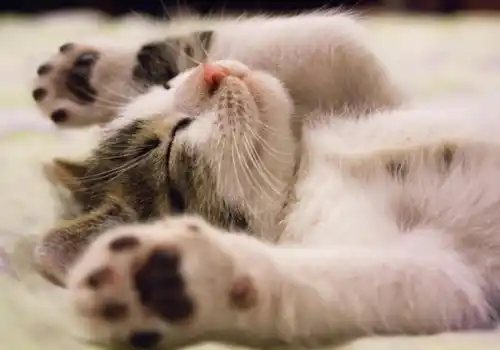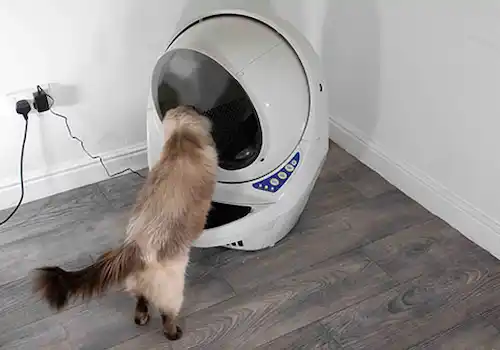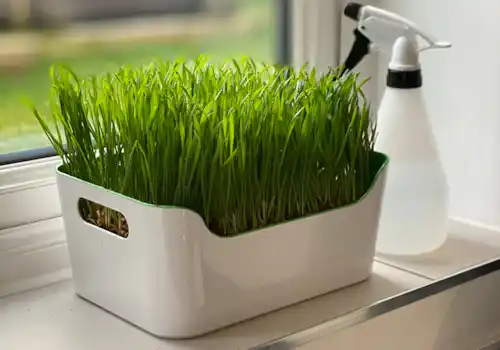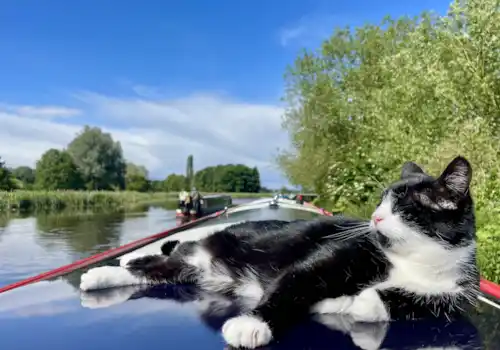Keeping cool! How to prevent heatstroke in cats
As the temperature starts to rise, we can reach for ice-cold drinks and shady spots, but our feline friends don’t have the same advantage. Cats may be independent creatures, but they’re not immune to the dangers of extreme heat.
Unlike humans, they don’t sweat through their skin; instead, they rely mostly on grooming and resting in cool areas to regulate their body temperature. This makes them vulnerable to heatstroke, a potentially life-threatening condition that all cat owners should be aware of.
Heatstroke in cats
Cats are particularly susceptible to overheating if they’re confined in hot, poorly ventilated spaces like sheds, garages, or conservatories. Long-haired breeds, overweight cats, kittens, senior cats , and flat-faced breeds such as Persians are especially at risk. If your cat’s body temperature climbs above 40°C, they may be in serious trouble.
Signs of heatstroke in cats
Heatstroke symptoms can escalate quickly. Watch for these signs:
- Panting or rapid breathing
- Lethargy or low energy
- Bright red or very pale gums
- Vomiting or diarrhoea
- Confusion, wobbliness or collapse
- Seizures or unconsciousness
First aid for overheated cats
If you notice any of the above signs, it's important to act fast.
Move your cat to a cool, shaded area immediately. Offer cold, fresh water (but don’t force them to drink). Use a damp cloth to gently cool their fur, focusing on the tummy, paw pads, and ear tips. A fan can also help circulate air. Then call your vet for advice as heatstroke is a medical emergency.
Preventing heatstroke in cats
Prevention is always better than cure. Here’s how to keep your cat safe:
- Keep them hydrated: Ensure they always have access to clean, cool water. Pet fountains can encourage them to drink more.
- Provide shade: Indoors or outdoors, make sure they have cool hideouts away from direct sunlight.
- Groom regularly: Especially important for long-haired breeds, brushing helps remove excess fur and keeps them cooler.
- Limit sun exposure: Encourage rest during peak heat hours. Early mornings and evenings are best for outdoor cats.
- Never leave cats in hot spaces: Cars, greenhouses, or garages can become deadly traps in minutes.
By staying vigilant and taking simple precautions, you can help your cat enjoy a safe and cool summer.
Remember, treatment when your cat falls ill can be expensive and when your pet is poorly, you want to focus on them and not your bank balance. Pet insurance is there to help you through those scary occasions.
Get a quote for your cat today
[CJ1]senior cats instead of seniors?







